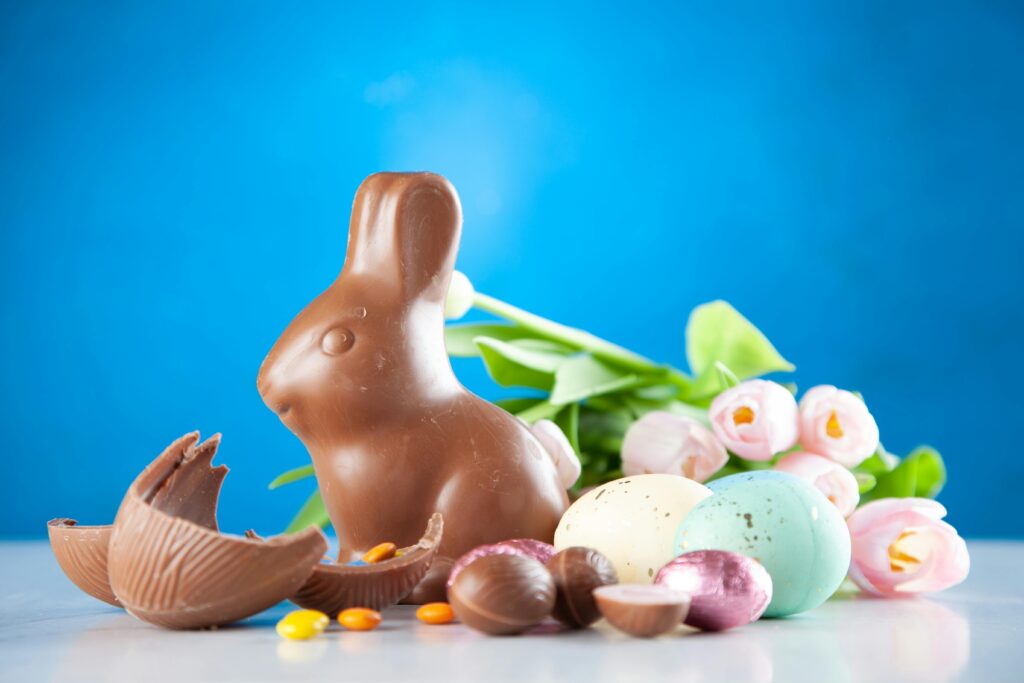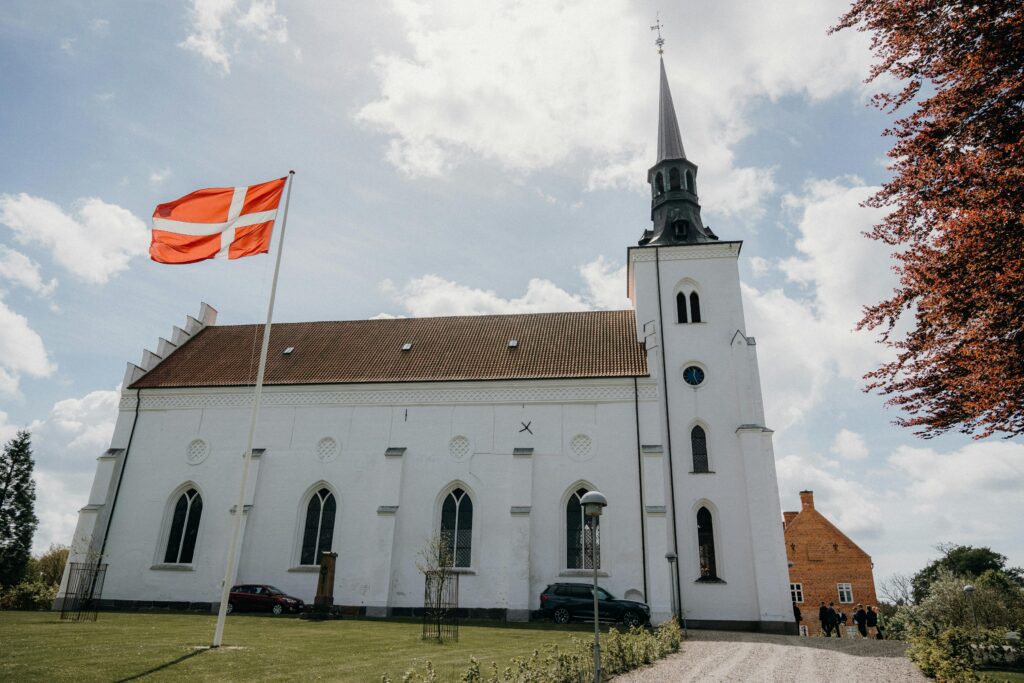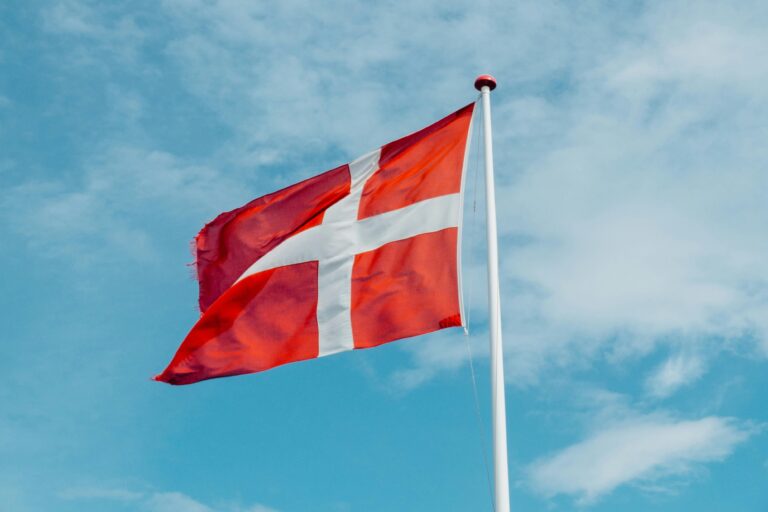Spring is a delightful season in Denmark – this is the time when the country starts to wake up from its long and dark winter slumber. And, did you know that there are also plenty of unique and traditional Danish holidays around this season? Especially if you are new to Denmark, these Danish spring holidays might come as a pleasant surprise!
In this article, we’ll look into the holidays during this season which often give us a break from work and school. So, let’s dive in and explore together our top 7 unique Danish spring holidays!
Fastelavn
This holiday starts off as our top pick for Danish spring holidays. Denmark celebrates a carnival known as Fastelavn, which takes place seven weeks before Easter, so the exact date varies every year. The celebration has its roots in the Catholic Church – back then it was a big feast before the 40-day fast before Easter. Nowadays Fastelavn is celebrated with children’s costumes, barrel beating, and plenty Fastelavn buns.
Schools and kindergartens often organize costume parades and games for children, so there’s a special day when the kids get to dress up as princesses, superheroes, and other popular characters.
Kids also often play slå katten af tønden (literally “beat the cat off the barrel”) which is a fun and lively tradition that takes place during Fastelavn. It symbolizes the triumph of good over evil and the arrival of spring. Blindfolded children take turns hitting a wooden barrel filled with sweets until it breaks open, and the one who knocks out the bottom is crowned the cat queen (kattedronning) and whoever gets the last board off becomes the cat king (kattekonge).
Fastelavn wouldn’t be complete without delicious treats. The star of the show is Fastelavnsbolle, a sweet pastry filled with cream or jam, often decorated with icing. You can find these treats in various versions from supermarkets and bakeries sometimes already in January. This holiday starts off as our top pick for Danish spring holidays.

Easter
Ok, you caught us. Easter is not considered a special or unique hoilday but Denmark celebrates is quite differently than the rest of the world. This is why we put Easter as one of the unique Danish spring holidays on this list.
Easter, known as påske in Danish, focuses on welcoming spring, enjoying family time, and indulging in delicious food. Easter falls on a weekend, but Denmark extends the celebration with public holidays on Maundy Thursday, Good Friday, and Easter Monday and this creates a five-day break for many Danes.
The centerpiece of Easter celebrations is påskefrokost, a traditional lunch enjoyed with family and friends. On the menu are traditional Danish open sandwiches, smørrebrød, with rye bread and a variety of toppings such as herring, liver pate, and assorted egg dishes. Spring vegetables and lamb are popular for an Easter Sunday main course. Chocolate eggs and treats are also a big part of Easter celebrations. Speaking of sweet treats, Easter egg hunts are a beloved pastime for Danish children, who eagerly scour gardens, parks, and homes in search of hidden treasures.
Danish homes are usually decorated for the holiday with fresh flowers and colors like yellow and green to reflect the upcoming spring season. You can find fun decorations like bunnies, chicks, and easter eggs at the stores.
Common Prayer Day
Common Prayer Day, or Store bededag in Danish, was born in the 17th century by a bishop who wanted to combine several minor religious holidays scattered throughout the year. The aim was to create a single, significant day for focused prayer and reflection. Common Prayer Day falls on the fourth Friday after Easter Sunday, so the exact date changes every year.
While it was previously a public holiday in Denmark, 2024 marks the first year it’s not officially recognized as such. So does this really count as one of Denmark’s unique Danish spring holidays? We will let you decide.
Ascension Day
Ascension Day, called Kristi himmelfartsdag in Danish, celebrates the Christian belief that Jesus Christ ascended into heaven 40 days after his resurrection. It’s a national holiday in Denmark, meaning most businesses, schools, and offices are closed.
Churches in Denmark often hold special services on this day, but it’s not as widely celebrated religiously as Easter or Christmas. Traditionally, it has been a day for confirming young people (around 13-15 years old) in the Christian faith. Nowadays churches hold confirmations also on other days and the dates for confirmation ceremonies vary between churches.
Pentecost
Pentecost (Pinsedag in Danish) celebrates the descent of the Holy Spirit upon the disciples of Jesus, as described in the New Testament. It falls on the seventh Sunday after Easter, with a second day of celebration the following day, which is called 2. Pinsedag in Danish.
Unlike some religious holidays, Pentecost in Denmark is a more low-key affair. It’s a time for families to gather, enjoy nature, and spend quality time together. Most Danes get two days off for Pentecost, making it a mini-vacation. Popular activities include picnics in parks, spending time at summer cottages, or taking short trips within Denmark. For those who observe Pentecost religiously, attending church services is an option. However, it’s not the main focus of the celebration for many Danes.

Constitution Day
Here’s an interesting fact: Denmark doesn’t have a national day! Constitution Day, Grundlovsdag, fills a similar role, but with a focus on the country’s legal foundation – the Constitution. In Denmark, Constitution Day is celebrated on June 5th.
The Danish Constitution was signed on June 5th, 1849, which established a constitutional monarchy in Denmark. This marked a shift towards democracy, limiting the power of the king and establishing a parliament. This makes this one of many unique Danish spring holidays.
Sankt Hans
Sankt Hans, a fun Danish tradition with giant bonfires, celebrates the summer solstice. This celebration goes back to a time before Christianity when people in Scandinavia had festivals to mark the peak of summer and all the good things it brought. The celebration happens on the same day as a Christian holiday honoring Saint John the Baptist, also called Sankt Hans in Danish. Nobody knows for sure exactly why these two celebrations are linked, but it seems like the Christian holiday was placed near the summer solstice to include some of the older traditions.
The centerpiece of the Sankt Hans celebration is a giant bonfire built on beaches, parks, or open fields. People gather around the bonfire in the evening, singing songs and enjoying the warm glow on the eve of Sankt Hans (Sankthansaften). If you want to go to a bonfire celebration, you can find out where they’re happening online. Everyone is welcome to join in the fun!
There you have it! We hope that you enjoyed this article to learn more about the unqiue Danish spring holidays.





